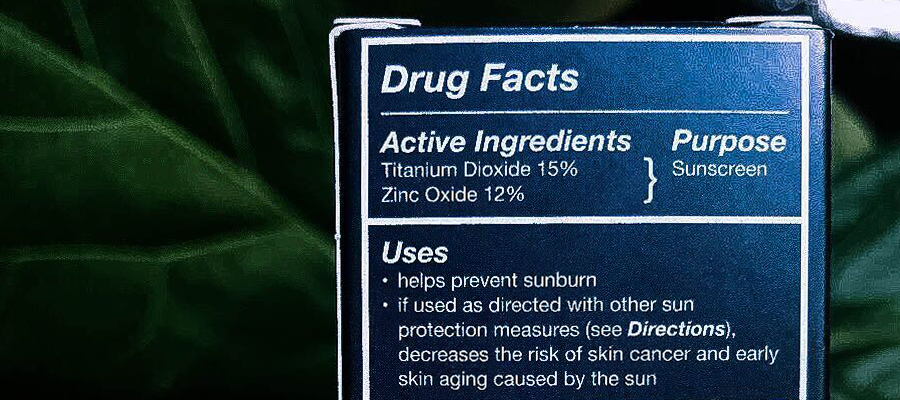|
|
|
Sunscreen helps prevent skin cancer and premature aging, but not all sunscreens are created equal. There are two types of sunscreens: a mineral one or a chemical one. How can you choose a sunscreen that is safe and effective? Here's what you should know about mineral sunscreens and chemical sunscreens. Mineral sunscreens use natural sunscreen ingredients and include zinc oxide or titanium dioxide, which protect the skin by creating a physical barrier. Chemical sunscreens are those that have chemical ingredients such as oxybenzone, avobenzone, homosalate, octinoxate, and avobenzone. Chemical sunscreens are more common, but can also be more irritating to your skin.
|
|
What should you be looking for when shopping for a sunscreen? The first thing to look for on your sunscreen is the panel on the label that says, "Drug Facts." This panel is required by the FDA, and any sunscreen that has been tested to FDA standards should have it. If you are looking at a product that claims to be a sunscreen, but you do not see this panel on the outer packaging of the product, be wary. This could mean that the product has been removed from its original packaging, or that it has not been properly tested. Inside this panel, the top item should be something called "Active Ingredients." These are the ingredients that actually provide the sun protection, are of either mineral or chemical origin, and work in different ways.
|
|
Mineral sunscreens use the physical blockers zinc oxide and titanium dioxide to form a barrier on your skin which deflects UV rays. Physical blockers protect against both UVA rays, which penetrate deep into the skin, and UVB rays, which are responsible for sunburns. Mineral sunscreens offer immediate protection upon application, but it's important to read the labels, as some sunscreens include both minerals and chemicals. Brush On Block® is a broad-spectrum SPF 30 mineral powder with no chemical sunscreen ingredients and is the perfect option for protecting your skin year-round.
|
|
Chemical blockers such as oxybenzone, avobenzone, octisalate, octocrylene, homosalate, and/or octinoxate, absorb UV rays, allowing them to enter the skin. Once absorbed, a chemical reaction is created which releases the heat from the skin. Unfortunately, these chemicals are under scrutiny for a host of problems ranging from mild skin irritation to cell damage and hormone disruption. Plus, these sunscreens require about 20 minutes after application to begin working. With any sunscreen, it's important to reapply every two hours. Brush On Block® comes in a portable, self-dispensing brush for easy on-the-go applications. Carry it in your pocket or toss it in your purse when you are running errands or watching weekend soccer games. It's handy, effective and safe.
|
|

